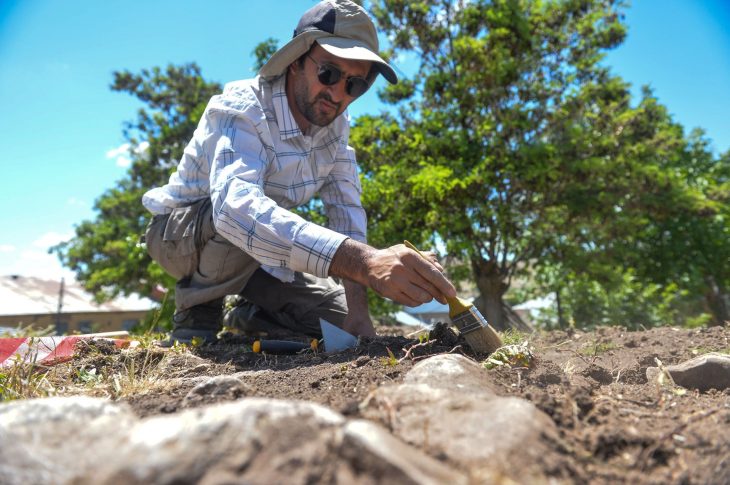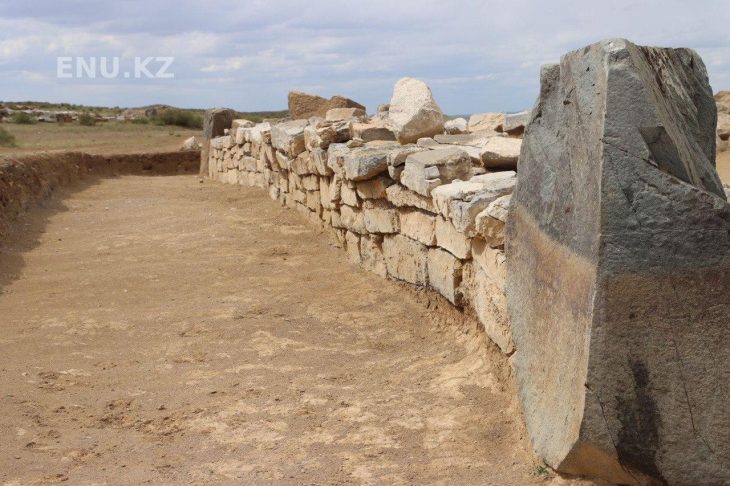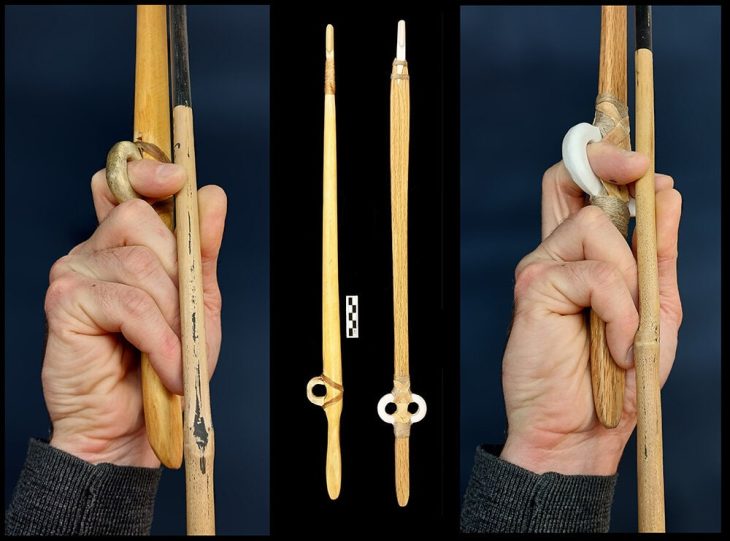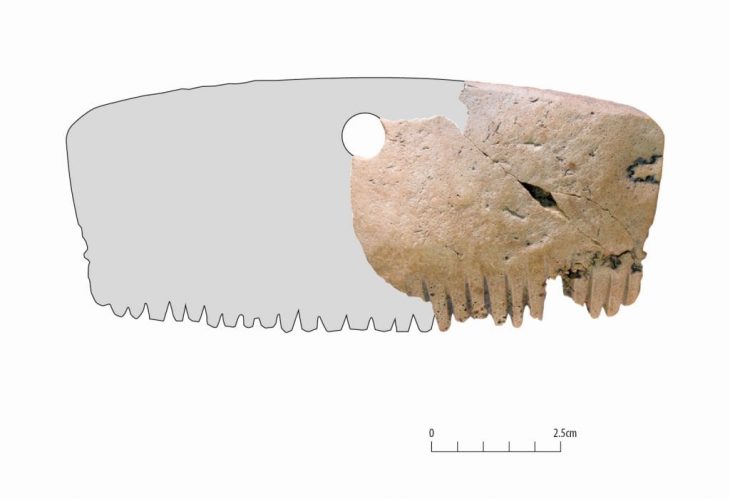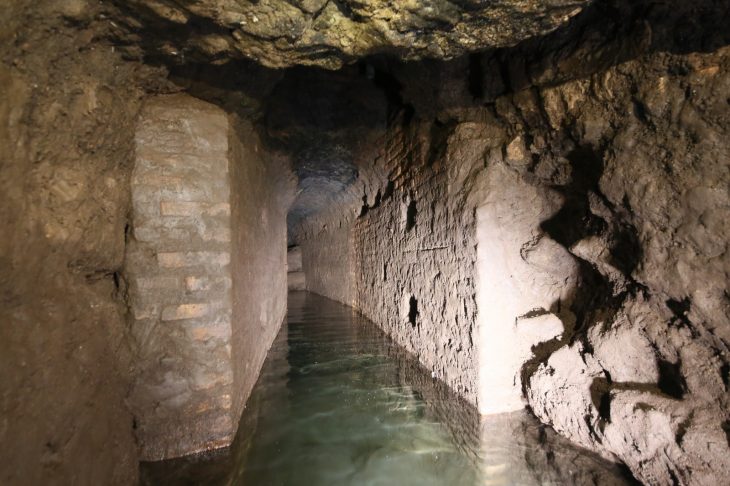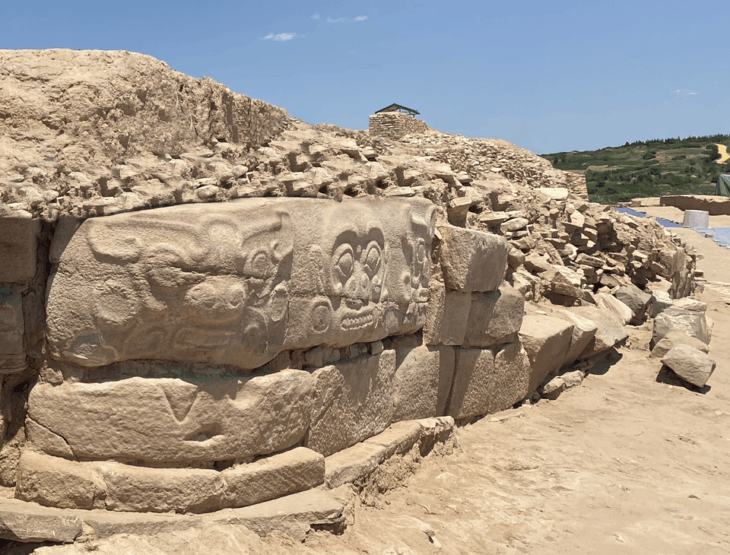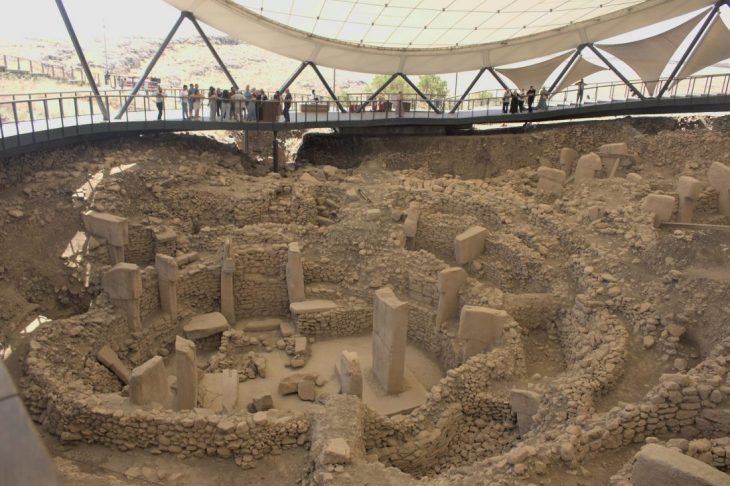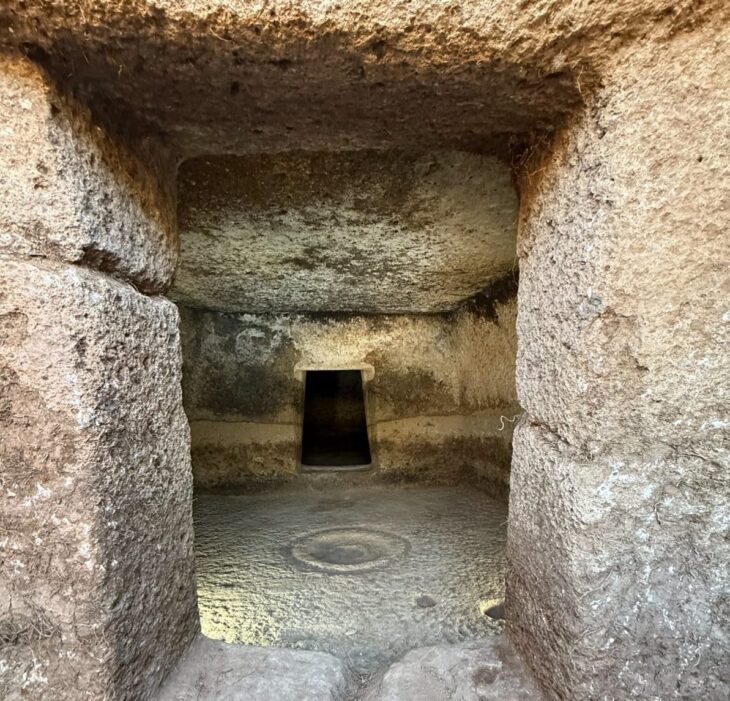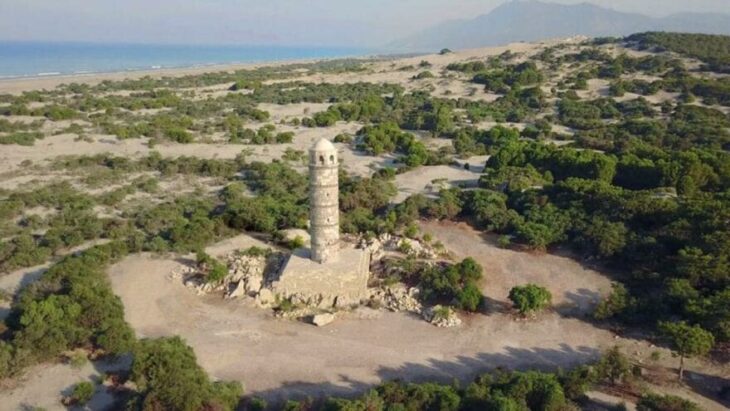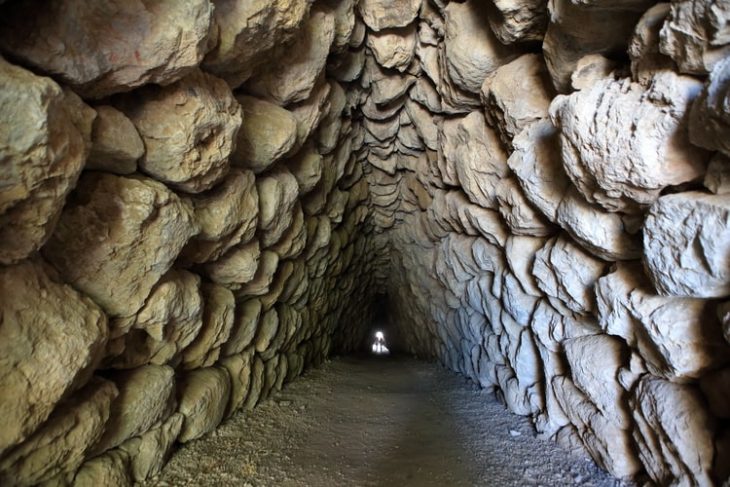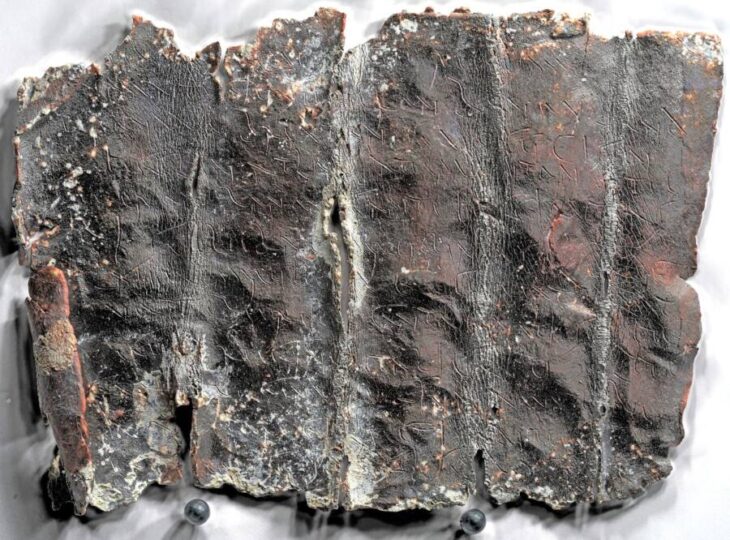An extraordinary archaeological discovery emerged in Croatia after renovation work began on Sisak’s City Hall, damaged by a 6.4-magnitude earthquake that struck central Croatia in late December 2020.
During the restoration of Sisak City Hall,a historic building originally constructed in 1914,workers and archaeologists uncovered the well-preserved remains of an ancient Roman odeon, a small theater used for musical performances and political gatherings in Roman times.
The Roman theater was found beneath the basement of the City Hall, revealing a semicircular stone structure consisting of three parallel rows of stone blocks with an internal diameter of about 20 meters (approximately 65 feet). This apsidal design is typical of Roman odeons, which were designed to enhance acoustics for performances.
Croatia’s Ministry of Culture and Media described the find as “extremely valuable,” shedding new light on the urban layout and cultural history of ancient Siscia, the Roman predecessor of modern-day Sisak.

Ancient Siscia, located at the site of modern-day Sisak, was a significant Roman city with a rich and complex history. Founded around 35 B.C. on top of an earlier Celtic and Illyrian settlement, Siscia initially served as a Roman military outpost. Over time, it transformed into a thriving administrative, economic, and cultural hub within the Roman Empire. The city’s prominence was such that it briefly became one of the empire’s four capitals, highlighting its strategic and political importance. Siscia was also notable for minting its own coins, which circulated widely throughout the empire, indicating its active role in commerce and trade. This vibrant history reflects the city’s evolution from a modest settlement to a center of power and culture in ancient Roman times.
📣 Our WhatsApp channel is now LIVE! Stay up-to-date with the latest news and updates, just click here to follow us on WhatsApp and never miss a thing!!
The renovation preserved parts of the ancient structure in situ, making them visible beneath a glass floor installed in the City Hall’s basement. This allows visitors to witness the ancient ruins while exploring the modern building. Additionally, the renovation restored original decorative elements and the main entrance’s historic appearance, blending heritage with functionality.

Glass floor displaying Roman odeon remains in Croatia. Credit:
Croatia’s Ministry of Culture and Media
Photos shared by Croatian officials highlight the impressive details of the uncovered theater, providing an invaluable glimpse into the region’s rich Roman past. Experts note that this discovery not only enriches Croatia’s archaeological heritage but also illustrates how natural events like earthquakes can reveal hidden chapters of history.
This remarkable find serves as a reminder that beneath contemporary cities, remnants of ancient civilizations continue to wait for rediscovery.
Croatia’s Ministry of Culture and Media
Cover ımage credit: Croatia’s Ministry of Culture and Media


